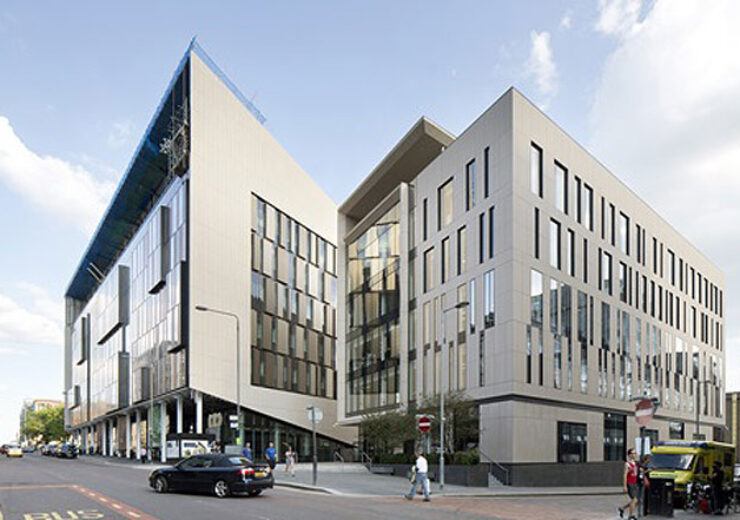HotScot project is among the of 17 submissions shortlisted by the UK Research and Innovation (UKRI) Strength in Places Fund

The University of Strathclyde, Technology and Innovation Centre. (Credit: MrJohnKanser/Wikipedia.)
The University of Strathclyde researchers have won early stage funding to develop plans to harness the geothermal energy contained within an abandoned, flooded coal mines in Scotland.
The project, dubbed HotScot, is among the of 17 submissions shortlisted by the UK Research and Innovation (UKRI) Strength in Places Fund.
The consortium behind the HotScot project will submit their bid to UKRI later in 2020. Four to eight of the submitted bids to receive around £10m to £50m funding to implement their proposals.
The consortium is led by civil and environmental engineering department professor Zoe Shipton, and includes Glasgow, Heriot-Watt and Stirling universities, British Geological Survey, Coal Authority, Community Energy Scotland, ENGIE, Envirocentre, Ramboll, Scottish Enterprise, SSE Enterprise, Synaptec, Synergie Environ, and TownRock Energy.
Professor Shipton said: “Scotland has an ambitious target to reach net-zero greenhouse gas emissions by 2045, with a 75% reduction by 2030.
“Flooded coal mines contain water with little to no seasonal variation in temperature making them an ideal heat source for district heating networks to support low-carbon, affordable heating, cooling and heat storage for local communities and businesses.
The geothermal energy in disused mines will address up to 8% of demand in Scotland
If the consortium’s proposal succeeds, HotScot project will develop at least three new mine-water geothermal heating/cooling or thermal energy storage sites in the Central Belt. The project is expected to boost economic growth equivalent to £303m and create approximately 9,800 jobs.
The heat trapped in 600km3 of deserted mine-workings in the Central Belt of Scotland is expected to address up to 8% of Scotland’s domestic heating demand.
The HotScot consortium is expected to offer research and development technologies to develop a minimum of three active geothermal sites and renovate two more at various scales.
The project will be developed with three primary objectives, including minimising technical, geological, environmental, societal risks; maximising socio-economic benefits; and engaging communities in their energy future.
Shipton added: “The combination of core research, learning-by-doing and the resulting targeted research will not only de-risk the individual projects but address global barriers to mine-water geothermal heating/cooling/thermal energy storage as a technology: creating employment within the Central Belt of Scotland, long-term export opportunities for Scottish skills and products, and sustainable economic growth beyond the project lifespan.”
